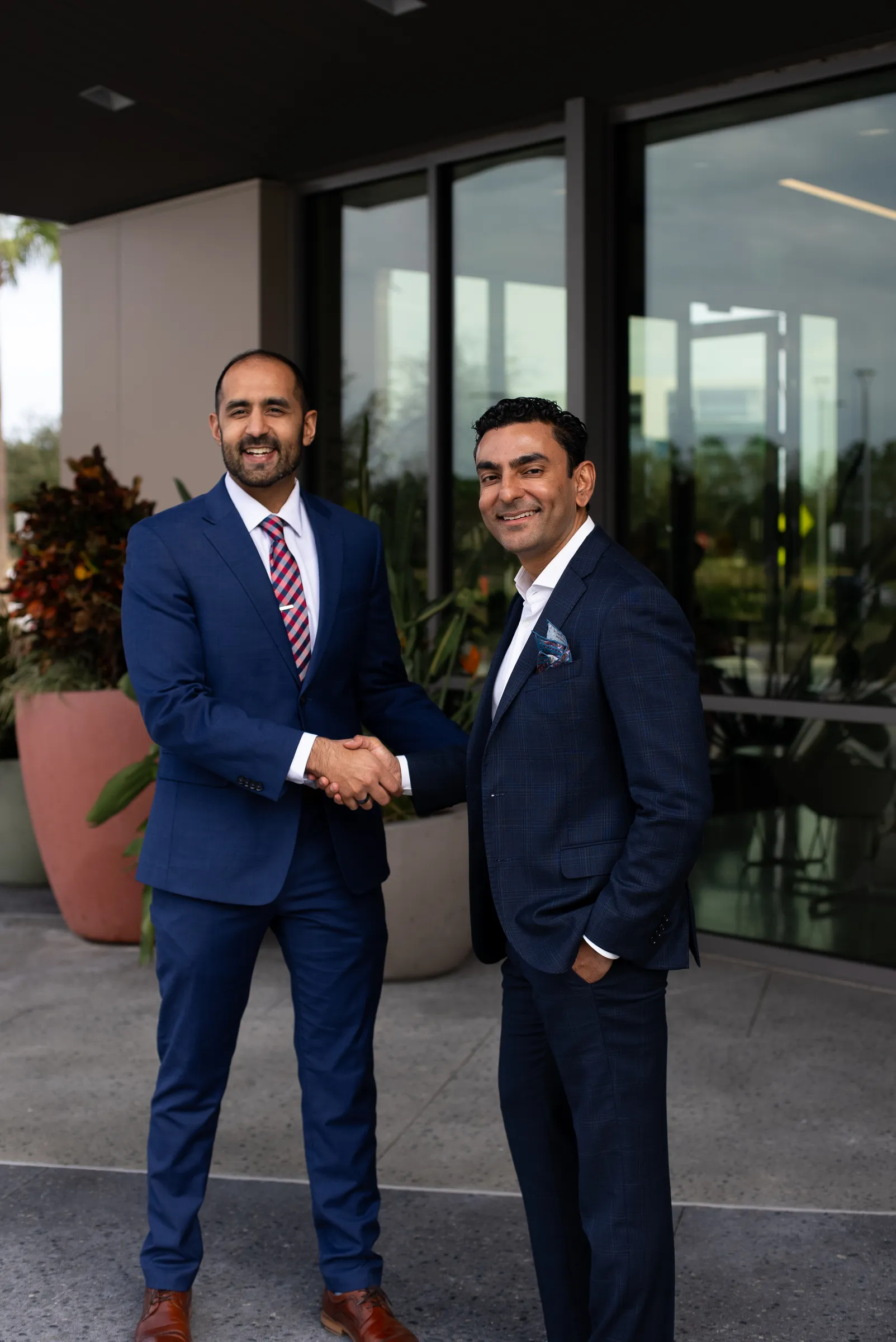This month’s patient question: “I want to weigh all my options to correct my vision. What is PRK and how is it different from LASIK?”
Dr. Patel answered:

Compared to LASIK, the recovery process takes a little longer because the entire outer layer of the cornea is removed to reshape the eye and refocus light.
PRK uses an excimer laser to sculpt the stromal layer of the cornea, promoting clearer vision. After the procedure, new epithelial cells regenerate and cover the surface of the eye.
Unlike LASIK, PRK does not create a corneal flap, containing both epithelial and the deeper stromal tissue. This allows the entire thickness of the underlying stroma to be treated. This is particularly beneficial to patients whose cornea is too thin for LASIK.
Benefits of PRK:
- Most patients reach 20/20 vision following recovery
- PRK is a bladeless surgery
- Because there is no flap creation as with LASIK, the risk of complications is reduced by 20%
- Compared to LASIK in head-to-head studies, patients undergoing PRK had less symptoms of dry eye syndrome, and better secondary outcomes of vision such as contrast, reduced glare and halos
- Since PRK doesn’t create a flap, there is no risk of a flap injury or tear from a trauma in the future


